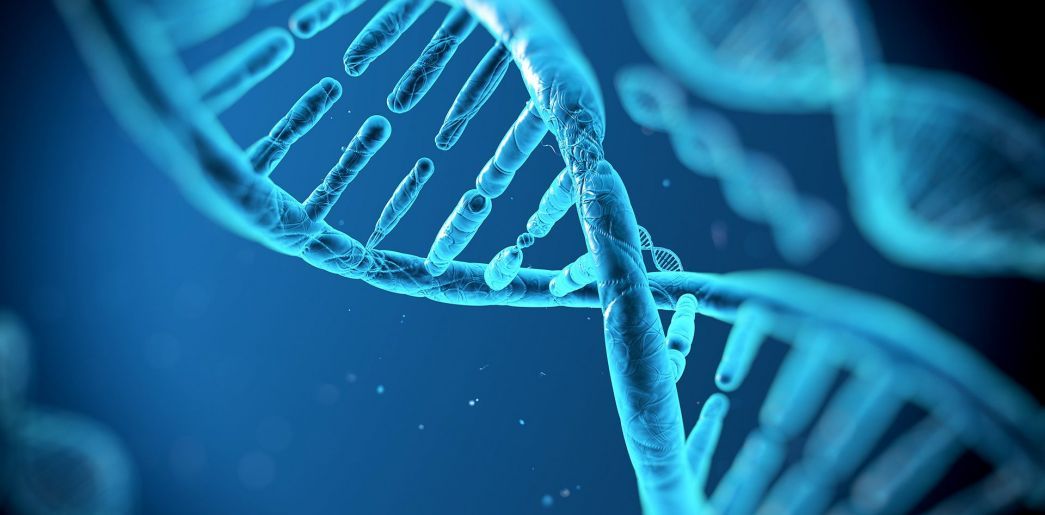AWARD YEAR
2015
CATEGORY
Body
GOALS
Good Health & Well-being
KEYWORDS
genetics, technology, IT
COUNTRY
United States of America
DESIGNED BY
Mark Bathe, Keyao Pan, Do-Nyun Kim, Matthew Adendorff, Hao Yan, Fei Zhang
WEBSITE
http://newsoffice.mit.edu/2014/computer-model-for-complex-dna-shapes-1203
3D DNA MODELLING PROGRAM
A computer model that allows designing the most complex three-dimensional DNA shapes ever produced.
Because DNA is so stable and can easily be programmed by changing its sequence, many scientists see it as a desirable building material for nanoscale structures. Around 2005, scientists began creating tiny two-dimensional structures from DNA using a strategy called DNA origami, which was later translated to three dimensions.
Designing, synthesizing and validating these shapes is tedious, time-consuming, expensive, and slow, so researchers including Mark Bathe have developed computer models to aid in the design process. In 2011, Bathe and colleagues came up with a program called CanDo that could generate 3-D DNA structures, but it was restricted to a limited class of shapes. This new design program enables creating much more complex structures. Bathe hopes to soon create a version in which they model a specific shape and obtain the sequence that will produce that shape. This would enable true nanometer-scale 3-D printing, where the “ink” is synthetic DNA.




